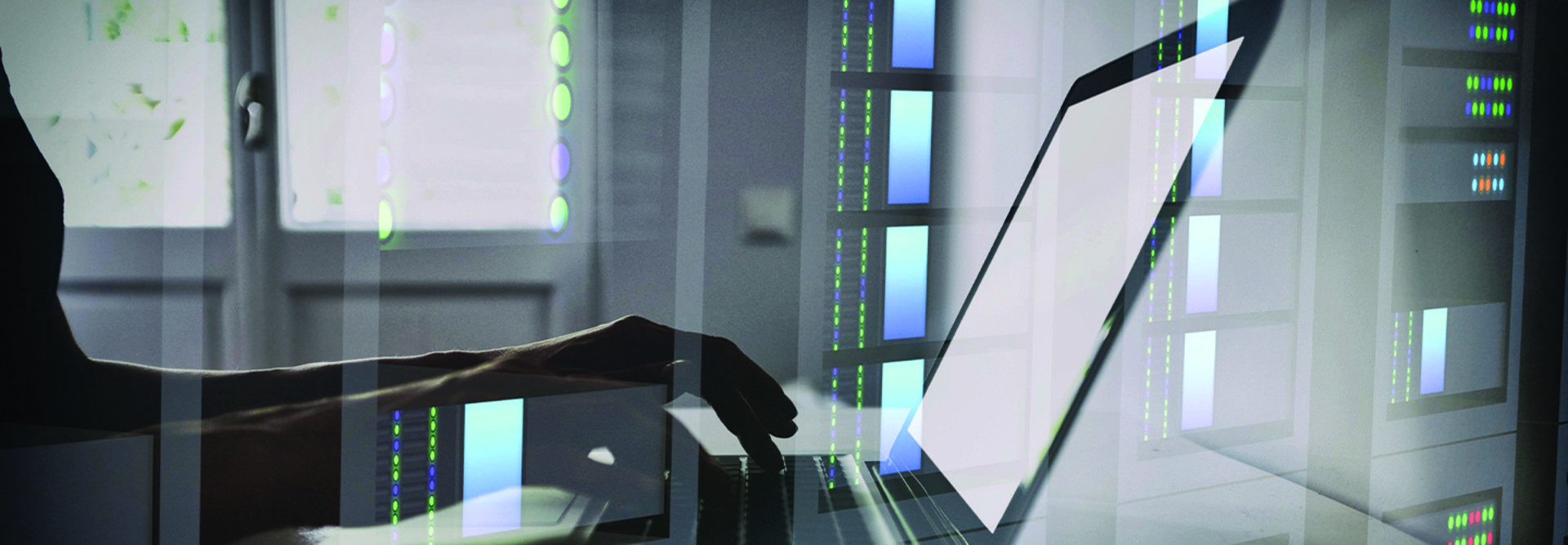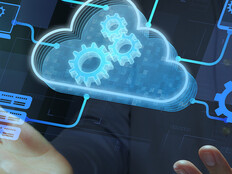SMBs Turn to Disaster Recovery for Business Continuity
The global health crisis made one thing abundantly clear: Businesses need to change the way they think about protecting data. A big focus has always been on backing up data, and rightfully so. Without backing up files, businesses leave themselves vulnerable to losing large portions of their work.
But that changed when organizations had to shift to remote workforces essentially overnight. Having data backed up was no longer enough to be able to power business continuity. Businesses needed both their files and their applications backed up, and they needed their employees to be able to access it all from anywhere. This began to shift the conversation away from backup and toward disaster recovery.
Disaster recovery allows businesses to maintain operations regardless of physical location, which has become critical in maintaining business continuity. Not only do employees need to be able to access and share files, but they need to be able to do it seamlessly. Many businesses put immediate patches in place to get everyone up and running quickly, but now that the initial crisis has been quelled, organizations need to turn those patches into long-term solutions.
MORE FROM BIZTECH: Watch experts dive deeper into the data center needs of widespread remote work.
What SMBs Should Consider with Disaster Recovery
When looking at disaster recovery solutions, there are three different camps that small businesses can find themselves in, depending on where they are in their business continuity journey. The first is basic continuity technology, such as an offsite backup. This can be as simple as a cloud solution, which is an easy, cost-effective way for businesses to secure their data offsite. The important part is that the data lives somewhere away from the business itself, in case anything were to happen to the office.
The next camp encompasses more mature technology solutions, such as Disaster Recovery as a Service. DRaaS allows a third party to host and replicate the business’s servers. DRaaS also provides failover that simplifies productivity in the event of a disaster. This kind of technology takes backup one step further to include quick restoration of both files and applications, limiting downtime and allowing for a simpler transition of operations.
The third involves a full business continuity management system. This would include things such as risk assessment, impact analysis, disaster recovery and crisis management. This comprehensive solution provides all-around business continuity support. Where the small business is in its journey will determine which of these three options will work best.
This article is part of BizTech's AgilITy blog series. Please join the discussion on Twitter by using the #SmallBizIT hashtag.












